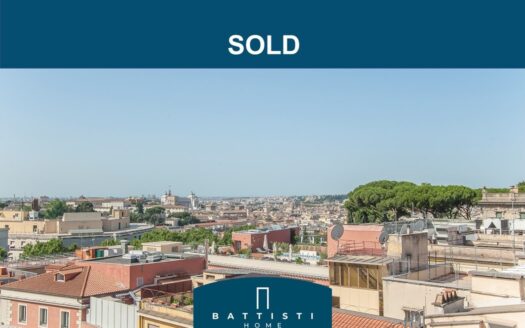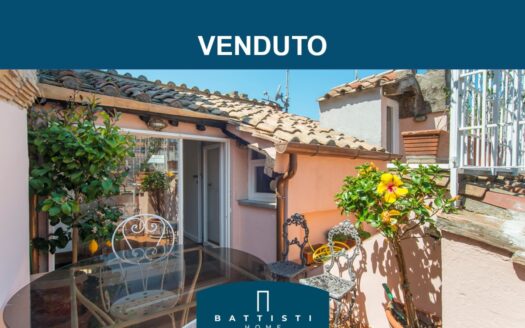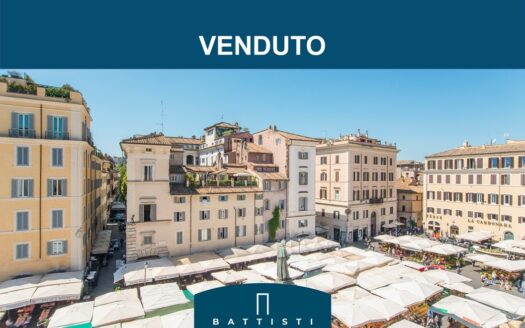- 1 Bedrooms
- 1 Bathrooms
- 1 Rooms
- 63 m2
- Piano:5
Description
HISTORICAL CENTRE – Located in one of the most central streets, in the immediate vicinity of Piazza di Spagna and Piazza Trinità dei Monti, and more precisely in Via Francesco Crispi, inside a period building with elevator, we offer for sale elegant penthouse of 63 square meters placed on the top floor.
Composed by: living room, fully equipped kitchen, bedroom-double, bathroom with shower and bright terrace on 20 sqm. Complete the wonderful property overhanging terrace with unique view on Altar of the Homeland, Quirinale and the roofs of Rome.
The apartment has an exceptional artistic flavor, it has been finely renovated with special interior of quality, every space in fact was wisely exploited; The windows and ceilings in drawers with exposed wooden beams are wonderful, giving charm and elegance to the house. The location is of great value a few steps from Piazza di Spagna, Piazza del Popolo, Via del Corso, served by metro and taxi, Villa Borghese and its lush nature. Ideal for those who want a fine home and ready to be inhabited, characterized by a dominant position and embellished with magnificent views.
The request price is € 680.000,00 Real estate consultant: Daniele Battisti RIF36BH24 Tel 06.96006341
The Scala di Trinità dei Monti, built between 1723 and 1726 on a project by the Roman architect Francesco De Sanctis, is the scenic connection between the slopes of the Pincio dominated by the church of the SS. Trinity and the Piazza di Spagna below, and is one of the most famous squares in Rome. It owes its name to the Spanish palace, home of the embassy of the Iberian state to the Holy See and with its 135 steps, was built to connect the Spanish embassy to the church of Trinità dei Monti. In the centre of the square is the famous Barcaccia fountain, which dates back to the early Baroque period, sculpted by Pietro Bernini and his son, Gian Lorenzo Bernini. The long staircase, which seems to lie on the hill and is articulated in a continuous alternation of protrusions and recesses, is an expression of a typical Roman monumentality of the eighteenth century that shares with other important urban construction of the century constituted by the port of Ripetta and fountain of Trevi.









































